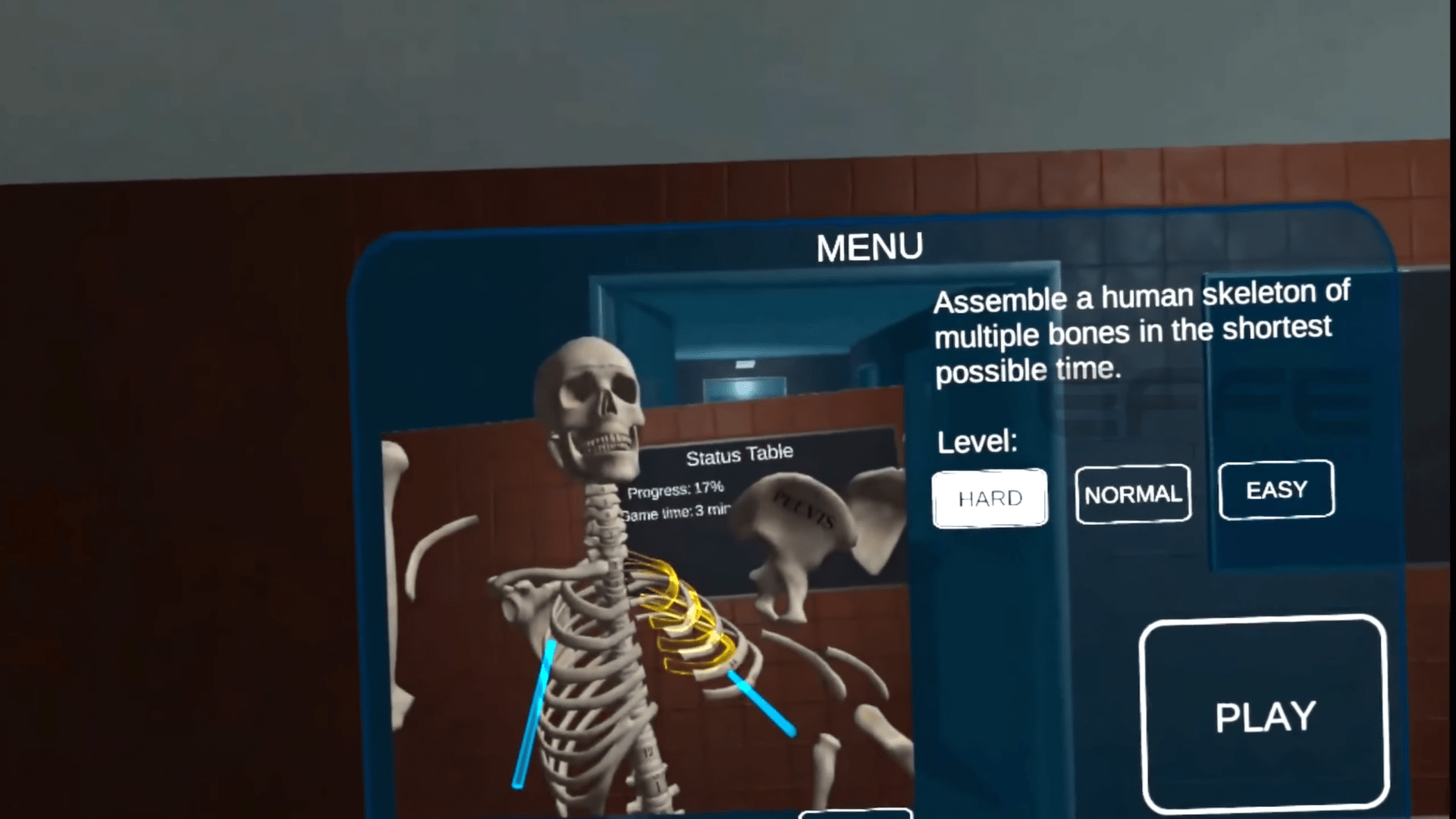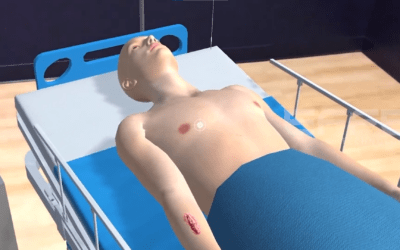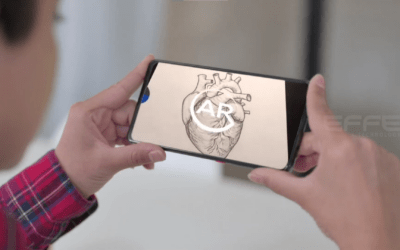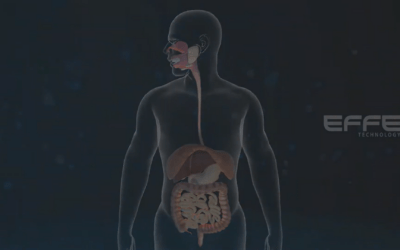Project Brief
EFFE Technology’s Virtual Reality (VR) application offers an innovative way to explore the Human Skeleton in VR. This immersive learning tool allows users to engage interactively with a 3D skeleton model, making it ideal for students, medical professionals, and educators. By providing an in-depth understanding of human anatomy, the VR solution revolutionizes traditional learning methods and creates an engaging experience.
Client Requirement
The client, a prominent medical training institute, sought an advanced solution to enhance the learning experience for medical students. Their goal was to transition from static models and textbooks to an interactive platform that offers a more engaging and comprehensive view of the Human Skeleton in VR. The application needed to include:
- A detailed 3D model of the Human Skeleton in VR with labeled bones.
- Interactive features to zoom, rotate, and explore various parts of the skeleton.
- An option to simulate movement for understanding joint mechanisms.
- Compatibility with VR headsets for a fully immersive experience.
- A user-friendly interface to make the application accessible to learners of all levels. Visit Our Partner Site
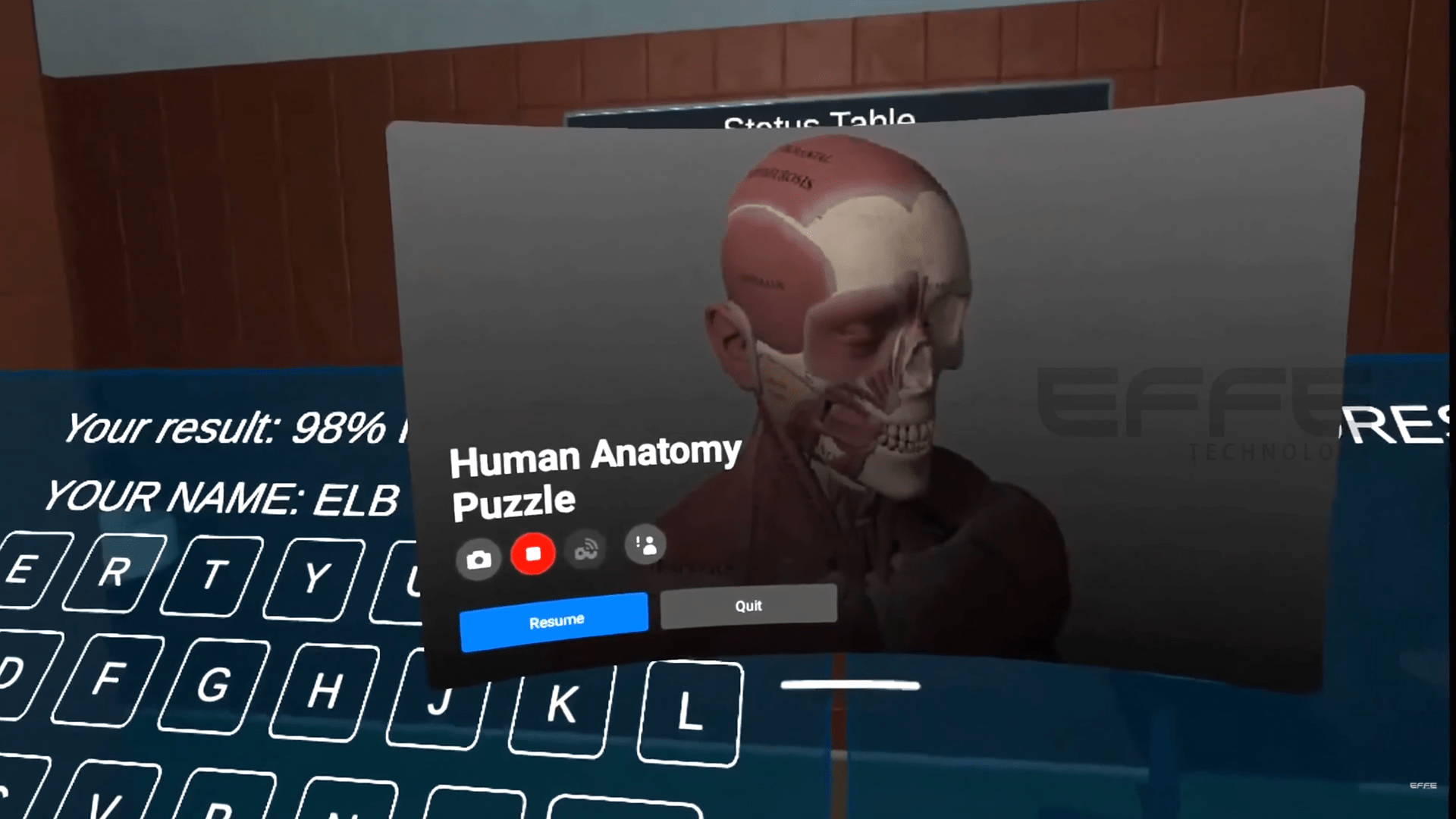
Project Planning, Strategy, and Process
Research and Requirement Analysis:
The project began with an in-depth analysis of the client’s requirements and goals. The team identified key features essential for an immersive VR learning experience. Additionally, feedback from medical students and educators was incorporated to align the application with user expectations.
Design and Development Strategy:
A comprehensive design strategy was created to ensure anatomical accuracy and interactivity. Using cutting-edge 3D modeling software, the development team designed an anatomically correct skeleton with dynamic joints and realistic textures.
Development Process:
- Phase 1: 3D Modeling and Animation: A team of experts created high-resolution 3D models of bones with realistic detailing. Simulations were added to depict the natural movement of joints.
- Phase 2: VR Integration: The application was optimized for leading VR platforms such as Oculus and HTC Vive, ensuring seamless interaction.
- Phase 3: Interactive Features: Users could interact with the skeleton by selecting, rotating, or isolating bones. Additional features included layer removal to study internal structures.
- Phase 4: Usability Testing: Rigorous testing ensured the application met educational and technical standards. Input from medical professionals validated its effectiveness.
Final Deployment:
The application was integrated into the client’s training modules, with a detailed guide on using VR technology effectively.
Deliverables and Client Benefits
Deliverables:
- A fully functional VR application featuring the Human Skeleton in VR.
- Interactive tools for an enhanced learning experience.
- Integration support for VR hardware and software compatibility.
- Detailed user manuals and training sessions for educators.
Client Benefits:
- Enhanced Learning Experience: The interactive VR application provided a hands-on understanding of human anatomy, improving retention and engagement.
- Cost-Effective Training: VR reduced the dependency on physical models, saving resources in the long term.
- Increased Accessibility: Students could access the VR system remotely, enabling flexible learning.
- Higher Student Satisfaction: Feedback from learners highlighted the application’s engaging and practical nature.
Conclusion
Discover Human Skeleton System in Virtual Reality | Immersive Learning Experience | EFFE Technology

